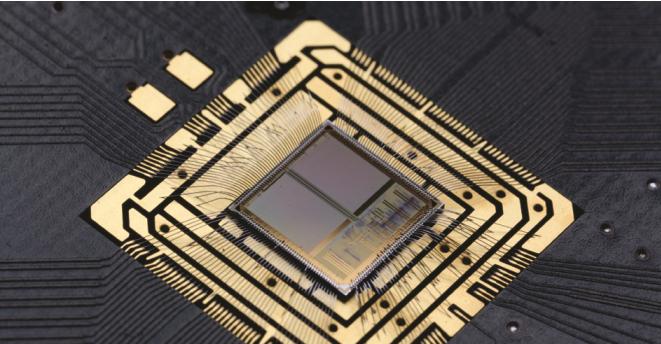Researchers at the University of Berlin have created a neuromorphic computer network made up of silicon neurons.
Among the many investigations on artificial intelligence that are taking place at the moment, one of the ones that have just presented its results draws attention for its approach. This is the work carried out by teams from the University of Berlin in collaboration with the University of Heidelberg. His goal was to create a computer network inspired by the functioning of nervous systems, which could sort information of different types, such as the recognition of handwritten numbers or the distinction of plant species in relation to their flowers.
Scientists have developed a technology based on information processing in parallel. This is how their neuromorphic computer network works, as they have defined the system, which contains silicon neurons. Efforts have been made to ensure that these connect with each other in a similar way as they do in the brain in order for them to work in parallel to solve the problems they face, i.e. entering data into the system.
Researchers have managed to make the neuromorphic network work almost autonomously once launched. Silicon neurons have been built at the Kirchhoff Institute of Physics, University of Heidelberg. But apart from the hardware, a specific software has been designed, aimed at classifying varied information in order to be able to process it properly.
This type of artificial intelligence, which allows to differentiate between information of different types, they use it from smartphones to supercomputers. The intention of the researchers is to optimize the functioning of their network and discover how to improve the design, using brain structures as a model. One of the most immediate challenges on the table is the absence of two identical neurons.
The study’s lead author, Michael Schmuker, explains that the network architecture is inspired by the nervous system that some insects have to process odors. That simple, and complex at the same time. Because at the moment artificial intelligence is not able to create a model even of the simplest living beings, so the simulation by means of hardware and software of a brain is nowadays unthinkable. Despite this, there are several large-scale projects working to bridge this gap, such as the laudable European effort The Human Brain Project.








